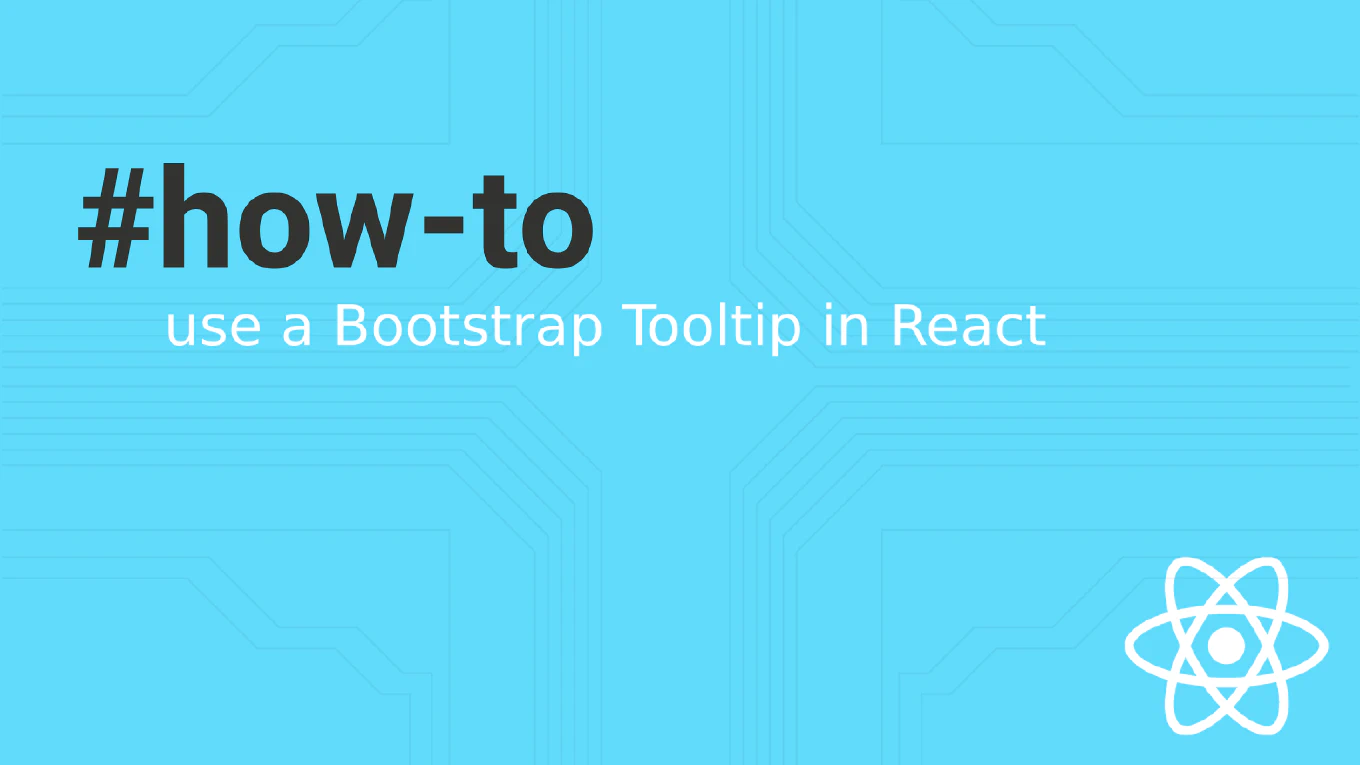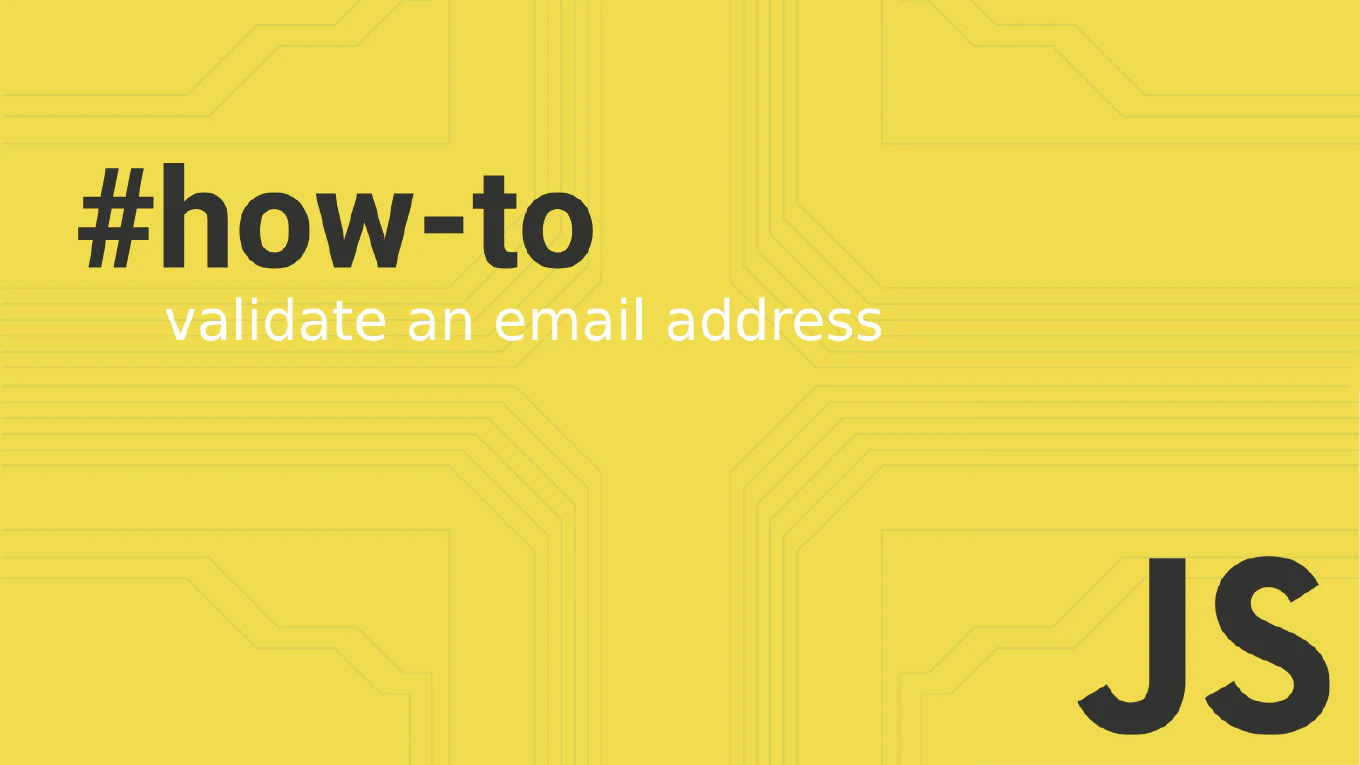How to persist Pinia state
Persisting Pinia state ensures your Vue 3 application maintains user data across browser sessions, improving user experience and reducing data loss.
As the creator of CoreUI with extensive Vue development experience since 2014, I’ve implemented state persistence in numerous dashboard applications for user preferences and application settings.
The most effective approach uses the pinia-plugin-persistedstate plugin for automatic state synchronization with localStorage.
This solution provides seamless persistence without manual store management while supporting selective state persistence.
How to persist state with localStorage in React
Persisting component state across browser sessions enhances user experience by maintaining application state even after page refreshes or browser restarts. As the creator of CoreUI with extensive React experience since 2014, I’ve implemented state persistence in numerous production applications. The most effective approach combines useState with useEffect hooks to automatically save and restore state from localStorage. This pattern ensures data consistency while maintaining React’s declarative nature.
How to persist Vuex state
Persisting Vuex state ensures your application maintains user data and preferences across browser sessions and page reloads. As the creator of CoreUI with 25 years of development experience, I’ve implemented state persistence in numerous Vue.js enterprise applications. The most reliable approach uses the vuex-persistedstate plugin combined with localStorage for automatic state hydration and persistence. This method provides seamless user experience while maintaining application performance.
How to persist Vuex state
Persisting Vuex state ensures that application data survives browser refreshes and maintains user experience across sessions in Vue applications. With over 25 years of experience building complex applications and as the creator of CoreUI, I’ve implemented state persistence for numerous production Vue applications. The most effective approach is using Vuex plugins with localStorage or sessionStorage to automatically save and restore state data. This provides seamless data persistence with configurable storage options and proper error handling for different browser environments.
How to implement dark mode in React
Implementing dark mode in React applications improves user experience by reducing eye strain and providing visual preferences that adapt to user environments. As the creator of CoreUI with over 25 years of development experience, I’ve built theme switching systems across numerous production applications. The most effective approach is using React Context with CSS custom properties and localStorage persistence for consistent theme management. This provides seamless theme switching with proper state management and user preference persistence across browser sessions.
How to clear localStorage in JavaScript
Clearing all localStorage data is essential for application resets, user logout procedures, and storage management.
With over 25 years of experience in software development and as the creator of CoreUI, I’ve implemented storage clearing mechanisms in various web applications.
From my expertise, the most effective approach is using the localStorage.clear() method which removes all stored data instantly.
This method provides a clean slate for applications that need complete storage reset functionality.
How to remove an item from localStorage in JavaScript
Removing specific items from localStorage is crucial for managing browser storage efficiently and maintaining clean application state.
As the creator of CoreUI with extensive JavaScript experience since 2000, I’ve implemented localStorage management in numerous web applications and UI components.
From my expertise, the most straightforward approach is using the localStorage.removeItem() method with the specific key name.
This method safely deletes individual items while preserving other stored data.
How to get an item from localStorage in JavaScript
Getting items from localStorage allows you to retrieve previously stored data, enabling persistent user experiences across browser sessions.
As the creator of CoreUI, a widely used open-source UI library, I’ve used localStorage retrieval extensively for restoring user themes, sidebar states, and personalized settings.
From my expertise, the localStorage.getItem() method is the standard way to access stored data using its key.
This approach provides reliable access to persistent client-side data that maintains user preferences and application state.
How to set an item in localStorage in JavaScript
Setting items in localStorage allows you to store data persistently in the user’s browser, perfect for saving preferences, form data, or application state.
As the creator of CoreUI, a widely used open-source UI library, I’ve used localStorage extensively for theme preferences, sidebar state, and user settings persistence.
From my expertise, the localStorage.setItem() method is the standard way to store key-value pairs that persist across browser sessions.
This approach provides reliable client-side storage that survives page refreshes and browser restarts.



